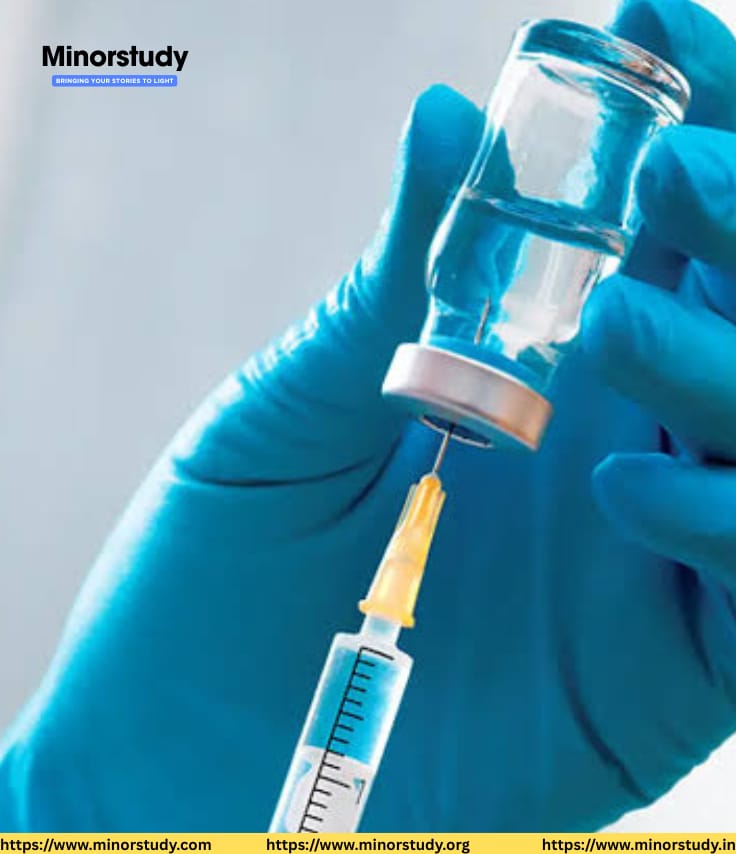7 Powerful Reasons Why the Humble Syringe Is a Life-Saving Marvel of Modern Medicine
Syringe: In the realm of medical innovations, few tools are as deceptively simple yet profoundly important as the syringe. Whether used to deliver vaccines, draw blood, administer life-saving medications, or manage chronic conditions like diabetes, the syringe has silently revolutionized healthcare.
- 📖 What Is a Syringe?
- 📅 Timeline: The Evolution of the Syringe
- 🧵 Fascinating Facts About Syringes
- Historical Significance of the Syringe
- 🙏 Social and Human Impact
- 📆 Observance and Recognition
- 🎉 Wishing and Appreciation Messages
- ❓ FAQs: Frequently Asked Questions About Syringes
- Q1: Are syringes only used for injections?
- Q2: What is the difference between a syringe and a needle?
- Q3: Can syringes be reused?
- Q4: Are needleless syringes effective?
- Q5: Are there risks associated with syringe use?
- ✨ Importance in Our Lives
- 📈 Summary of Key Points
- 🚀 Conclusion: A Tiny Tool with a Giant Impact
This article takes you through the history, timeline, facts, FAQs, emotional significance, and daily life impact of this unsung hero of modern medicine.
📖 What Is a Syringe?
A syringe is a medical device used to inject fluids into or withdraw them from the body. It typically consists of three main parts:
- Barrel (a tube that holds the liquid)
- Plunger (to draw in and push out the fluid)
- Needle (to penetrate the skin or a vein)
Syringes can be:
- Disposable (most common today)
- Reusable (sterilizable glass syringes)
- Hypodermic (injections under the skin)
They are used in medical, veterinary, laboratory, and even industrial settings.
📅 Timeline: The Evolution of the Syringe
| Year | Milestone |
|---|---|
| 1st century CE | Roman physician Celsus describes early use of bladder syringes |
| 1650 | Blaise Pascal invents a piston-based syringe |
| 1853 | Charles Gabriel Pravaz and Alexander Wood invent the modern hypodermic syringe |
| 1946 | First mass production of disposable glass syringes |
| 1956 | Colin Murdoch invents the plastic disposable syringe (New Zealand) |
| 1980s | Auto-disable syringes introduced to combat reuse and HIV spread |
| 2020s | Smart syringes and needleless injectors begin to emerge |
🧵 Fascinating Facts About Syringes
- 📈 Over 16 billion injections are administered every year globally.
- 🌎 WHO recommends auto-disable syringes for immunization programs to prevent disease transmission.
- 🤔 Before syringes, medications were often administered via the mouth or crude hollow tubes.
- ♺️ Single-use plastic syringes help reduce cross-infection risk but raise environmental concerns.
- ⚖️ Syringes are critical in research labs for precise fluid measurements and transfers.
- 😷 They played a central role in global COVID-19 vaccination campaigns.
- 💉 Insulin syringes are tailored with ultra-fine needles to minimize pain.
Historical Significance of the Syringe
While early versions date back to Roman times, the true transformation began in the 19th century. Charles Pravaz and Alexander Wood independently developed modern hypodermic syringes that allowed for precise dosage of drugs like morphine.
This invention revolutionized anesthesia, pain management, and later, vaccination. The world’s first vaccine injections, life-saving insulin administration, and now advanced biologic drug delivery all depend on this tiny device.
🙏 Social and Human Impact
In Daily Life:
- Syringes allow millions of diabetics to self-administer insulin
- Cancer patients receive chemotherapy with precision
- Babies receive life-saving vaccines like BCG, polio, and measles
- Blood samples for lab tests are collected through syringes
In Society:
- Eradication of diseases like smallpox was only possible through mass syringe-enabled vaccination
- Syringes are central to emergency medicine
- They are used in palliative care to manage end-of-life pain with dignity
In Pandemics:
During the COVID-19 pandemic, billions of doses of vaccines were delivered using syringes—making them a cornerstone of global public health.
📆 Observance and Recognition
While there is no specific “World Syringe Day,” syringes are acknowledged during:
- World Health Day (April 7)
- World Immunization Week (last week of April)
- World Patient Safety Day (September 17)
Organizations like the WHO and UNICEF also recognize safe injection practices as a critical part of healthcare delivery.
🎉 Wishing and Appreciation Messages
- ✨ “To the tiny tools that save millions: Thank you, syringes!”
- ❤️ “Here’s to the humble syringe—a silent soldier in every health battle.”
- 🎉 “On World Health Day, let’s salute the syringe for making vaccines and life-saving drugs possible.”
❓ FAQs: Frequently Asked Questions About Syringes
Q1: Are syringes only used for injections?
No. Syringes are used for irrigation (cleaning wounds), suction, drug delivery, and fluid transfer in laboratories.
Q2: What is the difference between a syringe and a needle?
A syringe is the whole device including the barrel and plunger; the needle is the sharp metal part that pierces the skin.
Q3: Can syringes be reused?
Only glass or metal syringes can be sterilized and reused in clinical settings. Plastic syringes are meant for single-use only.
Q4: Are needleless syringes effective?
Yes, they use high pressure to push fluid through the skin without a needle. They’re gaining traction for painless delivery.
Q5: Are there risks associated with syringe use?
Yes. Needlestick injuries, infection, and improper disposal can pose serious health hazards. That’s why trained usage and biohazard disposal protocols are critical.
✨ Importance in Our Lives
Even if you’re not chronically ill or a healthcare worker, chances are you’ve benefited from a syringe:
- Received a vaccine
- Had blood drawn
- Taken IV fluids during dehydration
It supports:
- Infant care
- Elderly medication management
- Emergency trauma response
📈 Summary of Key Points
- Syringes have evolved over 2000 years, from bladder tools to smart injectors
- They enable everything from vaccines to IV medications
- Over 16 billion syringes are used annually
- Proper disposal and safety practices are essential
- Syringes have helped eradicate deadly diseases
🚀 Conclusion: A Tiny Tool with a Giant Impact
The syringe may be small, but its impact is immeasurable. It bridges the gap between medical science and patient care. As healthcare continues to evolve, the syringe remains a symbol of precision, access, and healing.
Let us recognize this tool not just as a piece of plastic or metal, but as a lifeline. A reminder that even the simplest tools, when used with compassion and science, can change the world.








